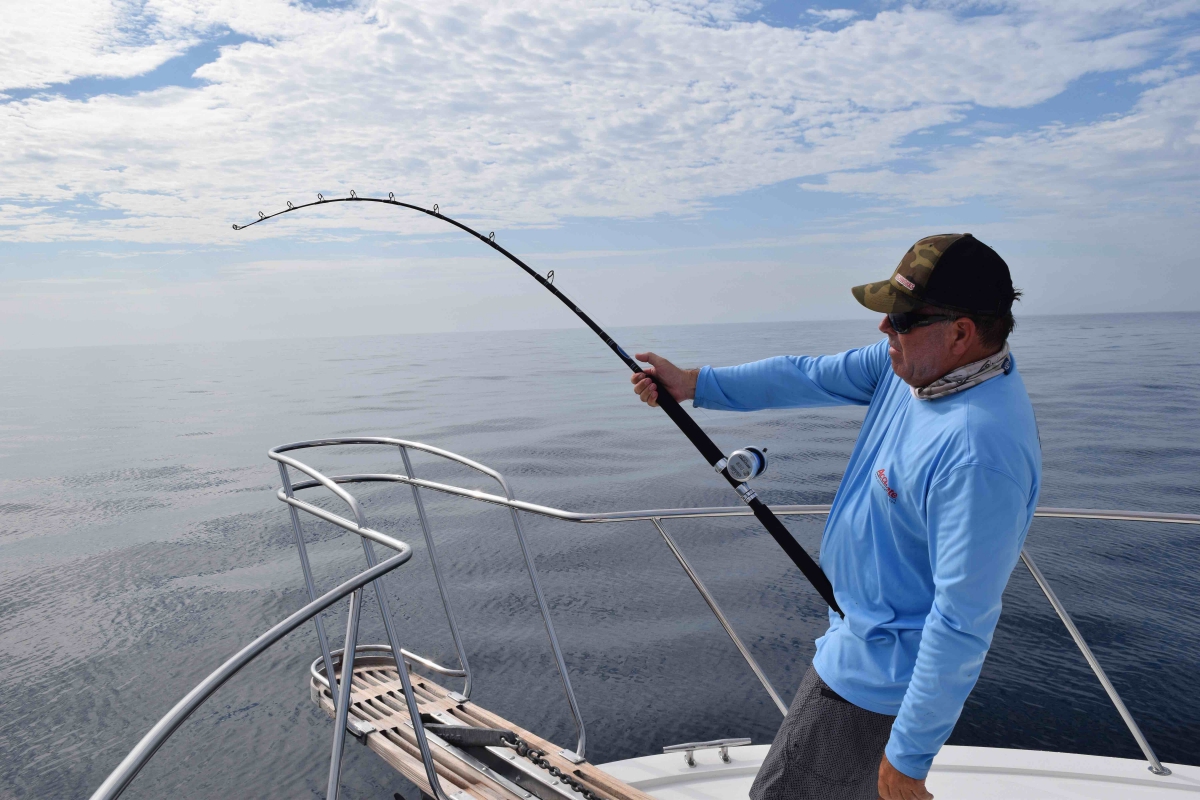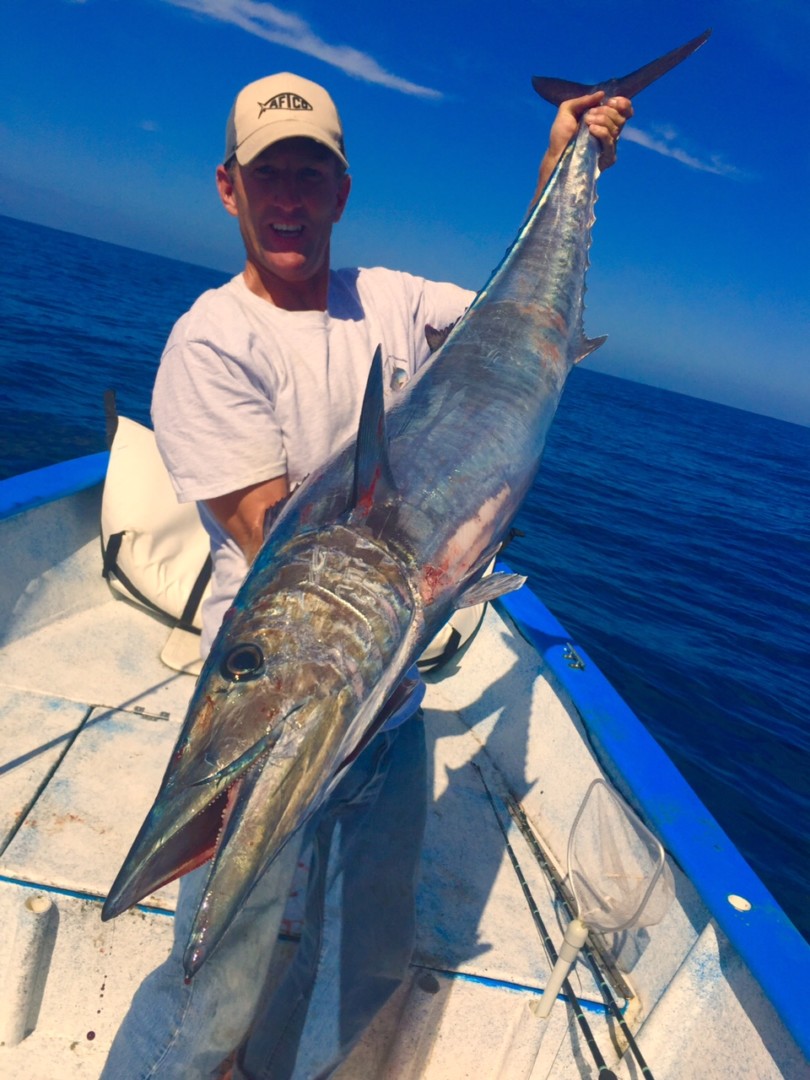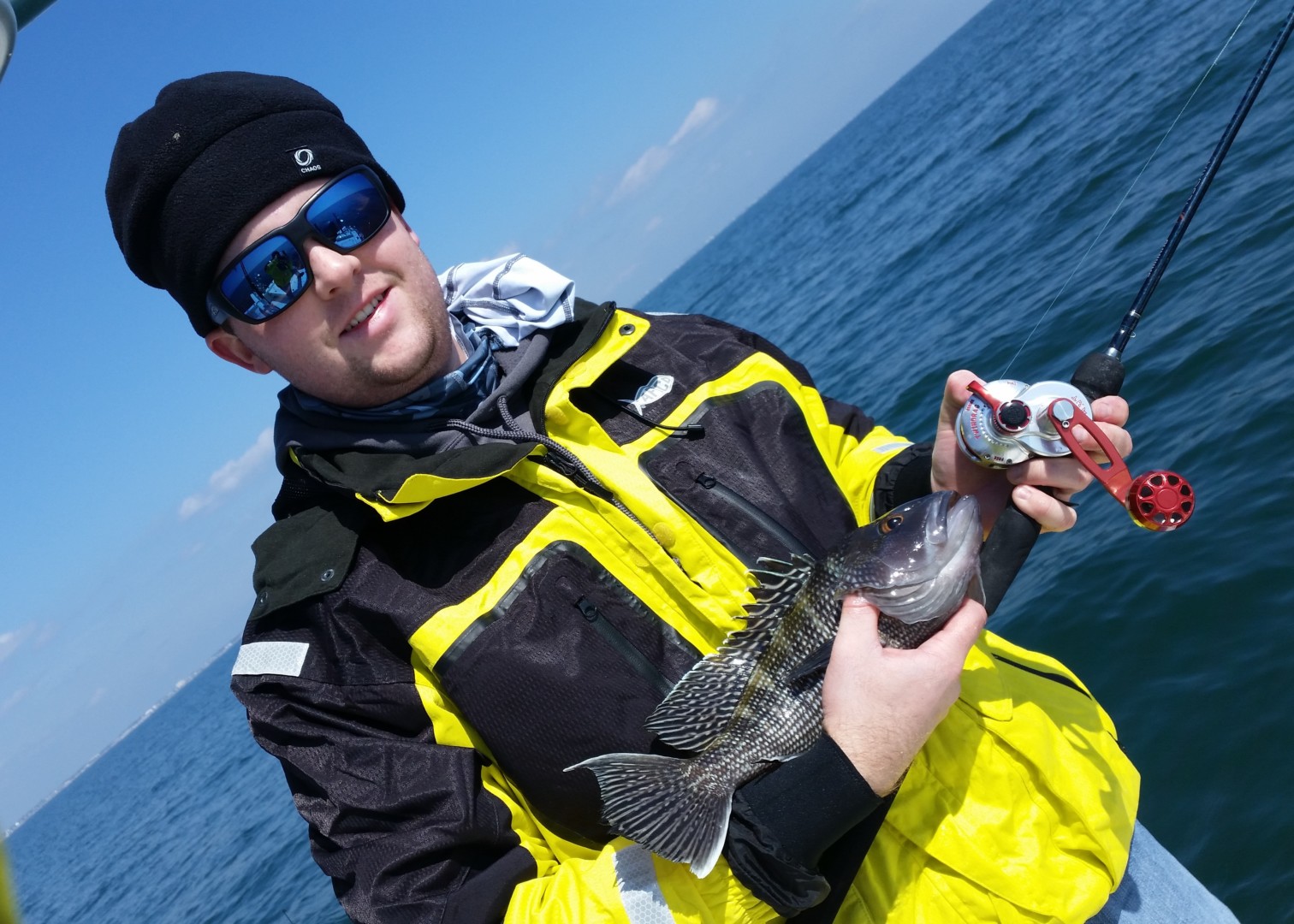The A B C’s of Drag Dynamics. How to Set a Drag.
Here at Accurate we get a lot of phone calls from consumers asking product questions, lots of fishing questions, but one pretty common question is “How to set a Drag.”
This morning we were looking at drag dynamics on the Valiant reels and we had the BV- 400 with 13 lbs of drag and the guys in the back were amazed on the amount of pressure being put out at that setting. It made me realized that many people out there do not truly know what 13 lbs of drag feels like which prompted this blog on drag.
Setting drags on a reel is pretty easy once you know the proper way of doing it. It’s important to understand how the rod you are using comes in to the equation to get an accurate drag setting, no pun intended. What we normally do when getting ready to fish for the day is make sure you have a spring scale that at least goes to 25 lbs and if you are fishing big tackle 50 lbs. The scale will get you closer than “I think this is close enough” program.
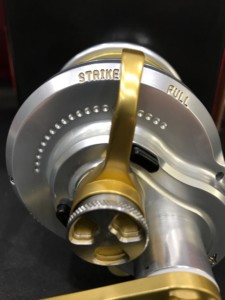
Dependent on the breaking strength of the line, your drag will be set at a 1/4 to a 1/3 of that number. For instance if your fishing 40 lb braid, your drag setting will be between 10 to 13 lbs at strike. Whats strike? Strike is the button to see as your lever goes forward and stops before pushing it down and going to full. If you are fishing a star drag you will have to take a few turns to see where you are at to find the magic number. Remember you cannot loosen or tighten star once set or you will have to do it again to find your setting. The lever drag reels give you a built in stop that might change a few pounds when you take it out of gear and put it back in gear versus the reset you will have to do with the star drag set up.
To set a drag in a private boat I take the whole combo, reel on rod with line through the guides (note keep all knots out of guides when setting drags) and create a loop at the end of your line. Put some drag on the reel to start then put the drag scale in the loop and pull down with line traveling across the guides. Warm the drag up by doing this several times prior to looking at your first drag setting. If you have 40 lb line on reel and the scale says it has 8 lbs remember we are setting drag at strike to 10 to 13 pounds of drag. Pull lever back, tighten drag clockwise a half turn then push lever up to strike and pull the line back over the guides getting a reading. We usually do it a couple of times to make sure the drag reading is consistent. Once you get to the desired drag setting do not touch the drag knurled knob any further.
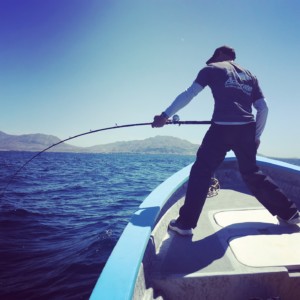
Why are we setting the drag over the rod? The rod and reel are one unit and the action of the rod will effect the drag as the line comes out the tip of the rod. A heavier action rod(fast tip, pretty much shuts off) will increase the pressure on you so the drag setting feels like it is high. A more parabolic rod with a medium tip and slow bending backbone takes the pressure off the butt of the rod and will distribute it through the rod and back on the fish. This is very similar to a fulcrum and lever example which the rod being the lever and your hand or the rails being the fulcrum. The same drag setting on the reel with these two different action rods makes a huge difference.
Remember with the introduction of braid (no Stretch line) the rods are the only way to compensate for the added pressure so talking about drags its important to make sure that people understand with short top shots the rod has to have some sort of action so you do not fish in pain.

Last thing to bring into consideration is the dynamics of a full spool of line and a half spool of line with a fish on. You will be setting your drag with a full spool of line to your desired drag setting, 10 to 13 pounds as in our example. If you hook a good fish that burns half the spool of line out the dynamics of the spool losing half its diameter will increase the drag by double. If we have the drag set to 10 to 13 pounds it’s now at 20 to 26 pounds. Very important to keep this important “fact” in your mind. Many people get excited and try to push the drag forward but in actually its important to slowly back off the drag to get back into the drag “comfort range”.
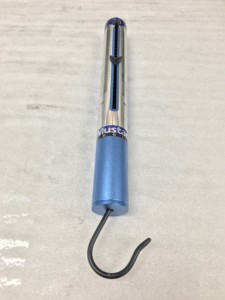
This is key to remember especially if targeting large fish that take long runs. With this one change in drag we really like to fish rods that are a more fast to medium action with a slow tapering backbone. With these rods you have a built in safety factor to help compensate increase in drag and any crazy head shakes a fish might do under pressure. You need to be thinking that the rod is like a spring under pressure, once loaded it has kinetic energy working in its favor and with the right action will work towards your favor putting pressure on the fish under the drag of the reel. Once its bent, it will take the pressure off you and apply it towards the fish. This is a key fact that many people miss. Heavier action rods when you are standing up do not necessarily work in your favor but can put a ton of pressure and inflict pain after time on a fish. Something to remember that gives you an extra advantage in this game of war.
Drag is an important aspect of fishing and understanding how to set your drag as well as the dynamics that come into play are very important to your fishing success. We hope this outline of drag basics helps you have a more enjoyable, successful day on the water.
Tight lines,
Team Accurate
 Custom Color Reels
Custom Color Reels




